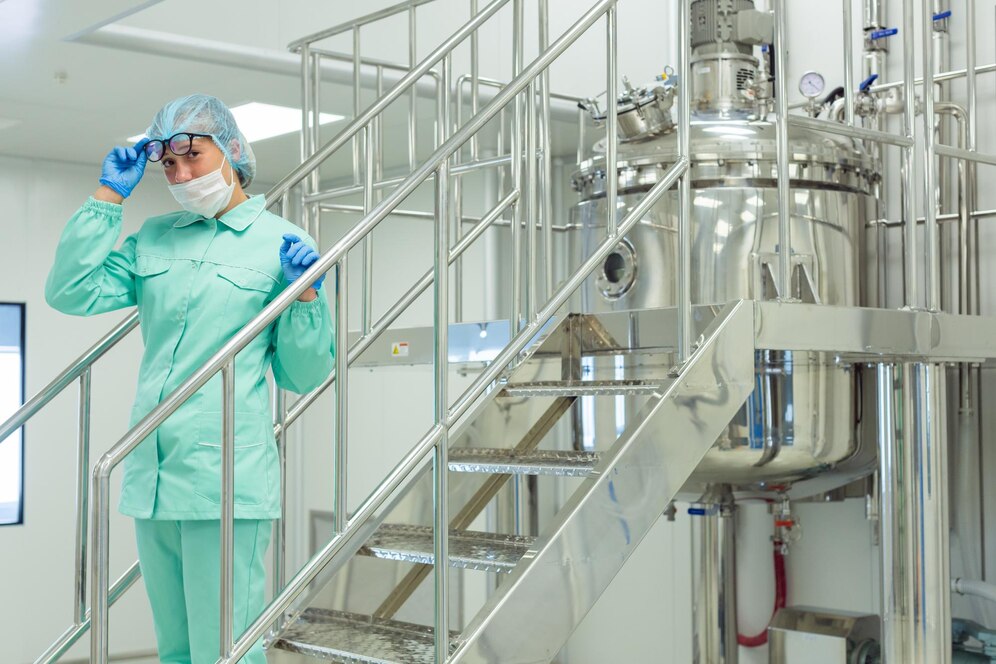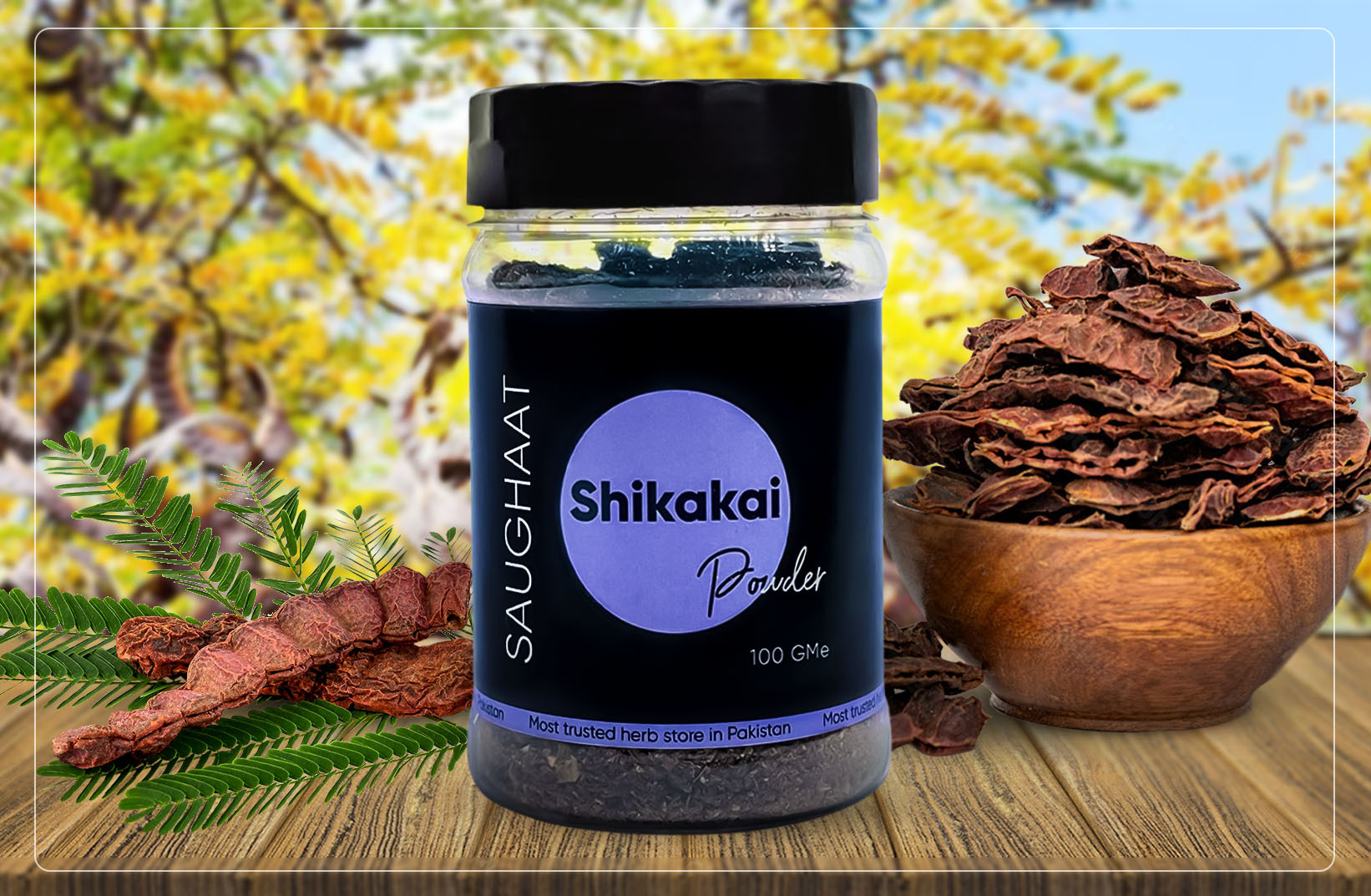The quality of a drug substance is crucial for the safety and efficacy of pharmaceutical products. Impurities, even in small quantities, can significantly affect the pharmacological profile of a drug. These impurities may originate from raw materials, the manufacturing process, or environmental contamination, and can compromise not only the therapeutic benefits of medications but also introduce unwanted side effects. In this article, we explore how impurities influence drug substance quality and impact pharmaceutical profiles, while highlighting key measures for controlling and minimizing them.
Types of Impurities in Pharmaceutical Drugs
Impurities in pharmaceutical products can be broadly classified into three categories:
- Organic Impurities: These include process-related by-products, degradation products, and unreacted starting materials. Organic impurities are typically formed during the chemical synthesis of the active pharmaceutical ingredient (API) or as a result of drug degradation over time.
- Inorganic Impurities: These are impurities introduced from reagents, catalysts, and equipment used during drug synthesis and manufacturing. Inorganic impurities such as residual metals can have toxicological effects, even at low concentrations.
- Residual Solvents: During the manufacturing process, solvents are often used to facilitate chemical reactions. If not properly removed, these solvents can remain in the drug substance as residual impurities, which may pose safety concerns for patients.
The Influence of Impurities on Drug Profiles
Impurities can have several detrimental effects on the pharmaceutical profile of a drug, affecting both its safety and efficacy. Some key influences include:
- Decreased Drug Potency
The presence of impurities can reduce the overall concentration of the active ingredient, diluting its potency. This is particularly concerning for critical medications where accurate dosing is essential for achieving therapeutic effects. Even small reductions in potency can result in treatment failure, especially for medications used to manage chronic or life-threatening conditions.
- Increased Toxicity
Certain impurities, especially those with toxicological properties, can pose significant risks to patients. Impurities such as heavy metals, organic by-products, and residual solvents may cause adverse health effects, including toxicity, carcinogenicity, or allergic reactions. This can lead to safety concerns and increase the likelihood of side effects, especially with long-term drug use.
- Altered Bioavailability
Bioavailability refers to the extent and rate at which a drug reaches the systemic circulation and becomes available to the body. Impurities can interfere with a drug’s absorption, distribution, metabolism, and excretion (ADME), altering its bioavailability. This can affect how well the drug works, leading to variations in therapeutic outcomes and potentially reduced effectiveness.
- Drug Instability and Shelf Life
Impurities formed through chemical degradation can affect the stability of the drug over time. Degradation products may emerge as a drug is exposed to environmental factors such as heat, moisture, and light. These impurities can shorten the drug’s shelf life and render it ineffective or harmful before its expiration date. Ensuring long-term stability is particularly important for drugs that require extended storage, such as vaccines or biologics.
- Increased Risk of Drug Interactions
Uncontrolled impurities can increase the risk of drug interactions, particularly in patients taking multiple medications. Impurities with unknown or unpredictable pharmacological activity may interact with other drugs, leading to undesirable effects or reduced therapeutic benefits. This makes it more challenging for healthcare providers to anticipate and manage potential drug interactions.
Regulatory Control of Impurities
To ensure that drug substances meet stringent quality standards, regulatory agencies such as the U.S. Food and Drug Administration (FDA) and the European Medicines Agency (EMA) have established guidelines to control impurities in pharmaceutical products. These regulations focus on identifying, quantifying, and minimizing impurities to protect patient safety. Some key regulatory measures include:
- Impurity Thresholds and Limits
Regulatory agencies set strict limits on acceptable levels of impurities in drug products. These thresholds are based on toxicity data, the impurity’s potential health impact, and the intended use of the drug. If an impurity exceeds these limits, the drug may not be approved for market release.
- Impurity Identification and Qualification
During drug development, manufacturers are required to identify all potential impurities in the API and the final product. This includes process-related impurities, degradation products, and residual solvents. Once identified, impurities must be evaluated for their toxicological impact and their effect on the drug’s safety and efficacy.
- Analytical Testing and Monitoring
Manufacturers use advanced analytical techniques such as high-performance liquid chromatography (HPLC), gas chromatography (GC), and mass spectrometry (MS) to detect and quantify impurities throughout the production process. Regular monitoring ensures that impurities remain within acceptable limits during drug manufacturing, packaging, and storage.
- Stability Testing
Stability testing is performed to assess how drugs degrade over time and under various environmental conditions. This testing helps identify potential impurities that may form during storage and ensures that drugs remain stable and effective for their intended shelf life.
Best Practices for Controlling Impurities
To maintain high drug substance quality and minimize the impact of impurities on pharmaceutical profiles, manufacturers employ several best practices throughout the production process:
- Optimization of Synthesis and Purification Methods
By optimizing chemical reactions and purification techniques, manufacturers can reduce the formation of by-products and remove unwanted impurities from the final product. Techniques such as crystallization, distillation, and filtration are commonly used to purify APIs and improve drug substance quality.
- Use of High-Quality Raw Materials
Sourcing high-purity raw materials is essential for minimizing impurities in drug substances. Manufacturers must work with trusted suppliers who adhere to strict quality standards, and regularly test raw materials for contaminants before using them in production.
- Good Manufacturing Practices (GMP)
Adherence to GMP ensures that drugs are manufactured in a controlled environment that minimizes the risk of contamination. GMP guidelines cover all aspects of drug production, from facility cleanliness and equipment maintenance to proper handling of raw materials and final products.
- Process Analytical Technology (PAT)
Implementing PAT enables real-time monitoring of critical process parameters during drug manufacturing. This allows manufacturers to detect deviations that could lead to impurity formation early in the process and make adjustments to ensure that the final product meets quality standards.
- Risk-Based Quality Control
A risk-based approach to quality control ensures that the most critical areas of the manufacturing process receive focused attention. By identifying high-risk steps where impurities are more likely to be introduced, manufacturers can implement stricter controls and more frequent testing.
Conclusion
The presence of impuritiesimpurities drug substances can have a profound impact on drug quality, safety, and efficacy. From reduced potency and increased toxicity to altered bioavailability and drug instability, impurities pose significant risks to both patients and healthcare providers. By following strict regulatory guidelines, implementing best practices for controlling impurities, and employing advanced analytical techniques, pharmaceutical manufacturers can minimize these risks and ensure that drugs are safe, effective, and of the highest quality when they reach the market.




